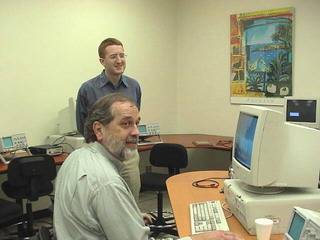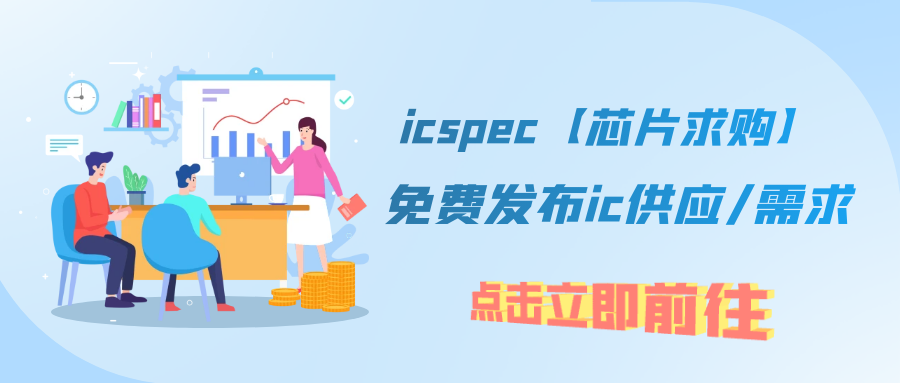我认为,我们中的绝大多数人对于未来科技将把我们引向何方并无头绪。我们只是一味忙于推动科技发展,却不清楚方向是否正确。我们旅行的经历告诉我们一个基本常识——要想达到遥远的地方,必须有两点要素:
1. 知道自己现在何处
2. 知道自己要去何处
技术领域也一样——我们需要了解什么是正确的发展方向。我已邀请一些高级专家朋友思考了这个问题,2020年的科技会是怎样?你也许认为对2020年的展望要有20/20的愿景。我邀请了一些技术人员讨论他们认为2020年IC技术会发展成什么样。我也希望听听你们的意见:
但是,因为这是我的私人专栏,我就先提出自己的观点来谈谈2020年技术愿景:
•处理单元将是单时钟域。多年来,我们一直遵循摩尔定律,相信时钟速度会越来越快,不过我们最终发现,时钟速度已不再是我们的朋友了。事实上,15年前我们就应该注意这一问题了。不过随着技术的进步,处理单元将能让CPU在一个时钟周期内完成与其所有单元的通信量。
•系统将由多个处理单元构成。集成系统会由很多异构处理单元组成,每一个单元就是一个单时钟域的处理器。
•处理单元布局风格将类似于今天的FPGA一样。
•我们将充分利用三维空间。使用叠层裸片技术(SIP)就像今天的SoC一样普通。
•所有都会采用高级语言编程。开发环境可以覆盖该系统的所有资源,包括微处理器、DSP、加速器、外设、模拟信号处理器、模拟外设、RF等其他我未提及的东西。
•IC设计将由5~10名设计人员组成的精锐团队完成,硬件设计所需时间将缩短至6~12个月。重复使用将非常普遍。说到这,我要解释一下“重复使用”的两种定义
1. 我设计的最佳平台非常出色,其他人都来使用。
2. 不再做重复劳动,找出一个最接近的已有设计方案,以保证按时完成设计任务。
然而,第一种定义的使用频率多于第二种定义。但小规模的设计团队的设计期限都较短,这就要求我们采用后一种定义。事实上,一些公司已经开始采用后一种定义的“重复使用”的概念了。
•大部份创新是在基于硬件基础的软件创新。硬件将成为创新设计人员思路拓展平台的一部分。
以上,是我对2020年科技的愿景蓝图。在TI其它工程师发表看法后,我会进行总结。如果读者有什么对2020愿景的看法,请发表评论或与我联系!
附:方进专栏原稿
Processor Architectures – Where will we will be in 20/20?
Gene Frantz
TI Principal Fellow and Business Development Manager, DSP
I have come to the conclusion that too many of us have no clue where we are going with technology. Rather, we are just busily moving forward and don’t know if we are even moving in the right direction. It would seem that with our extensive experience in traveling we would understand a basic concept – to travel to a distant place requires two points:
1.Where I am
2.Where I want to end up at
The same goes for technology – we need to know where we are going to move in the right direction. So, I have challenged several of our senior technologists to think about what the state of the art will be in the year 2020. You might say that we need to have 20/20 vision for the year 2020. I have invited a number of technologists to provide their point of view (POV) of what the state of the art in IC technology will be in the year 2020, and I’m interested to hear what you have to say on the topic.
But, since this is my Blog, I will have the first and last word on what the year 2020 will hold for us. So, here are my first thoughts on the topic.
·Processing elements will be single clock domains. After many years of assuming that Moore’s law would give us faster and faster clock speeds, we have finally concluded that clock speed is no longer our friend. In fact, we should have noted that 15 years ago, but as we move forward, processing elements will be of the size that the CPU can communicate with all of its resources in one clock cycle.
·Systems will be made up of multiple processing elements. Integrated systems will be made up of many heterogeneous processing elements, each being a “single clock domain” processor.
·The processing elements will be arranged in a similar style as FPGAs today.
·We will take advantage of the third dimension. Integration using stacked die techniques (SIP) will be just as common as fully integrated SoC.
·All will be programmed with a high-level language. The development environment will have the ability to take into account all of the resources in the system. That is the microprosessors, DSPs, accelerators, peripherals, analog signal processors, analog peripherals, RF and other things I have forgotten about.
·IC designs will consist of smaller teams (5 to 10 designers) taking a shorter amount of time (6 to 12 months) to do the hardware design.Reuse will be the norm. While I am at it, let me explain that there are two definitions of “Reuse”:
1.I’ll do such a good job on my design that everyone after me will use it..
2.I don’t have time to reinvent the wheel, so I need to find something that is close enough to what I need to meet the schedule.
Unfortunately we use the first definition more than the second. Small design teams with short schedules will require us to use the latter definition. And, yes, there are companies already adopting this concept of reuse.
·The bulk of the innovation will be in the software on top of the hardware. Hardware will become part of the platform on which innovative designers will develop their ideas.
So, this is a sketch of how I see 2020. After a couple of POV papers from others at TI, I will come back with a conclusion. If you would like to share your view of 2020 with me, please comment or send me a private note.


